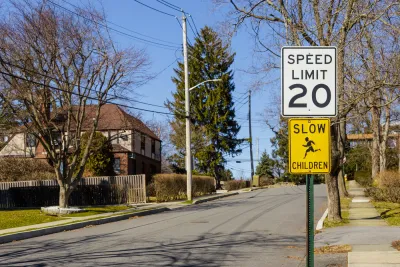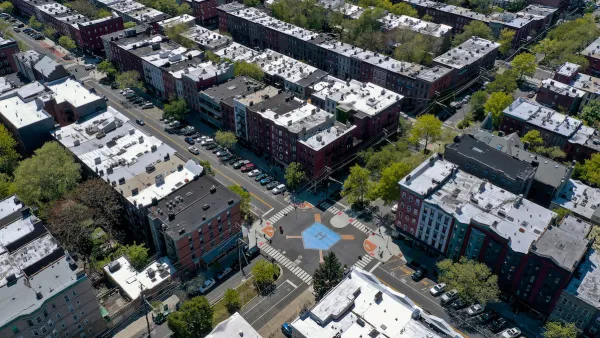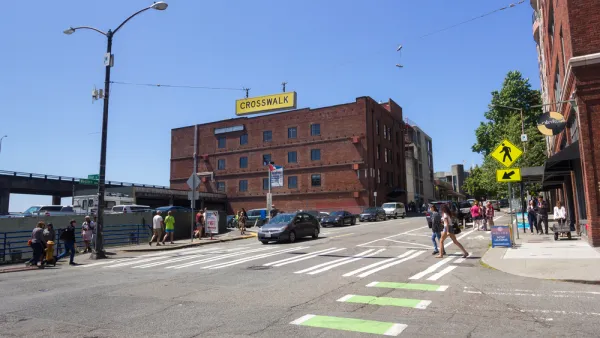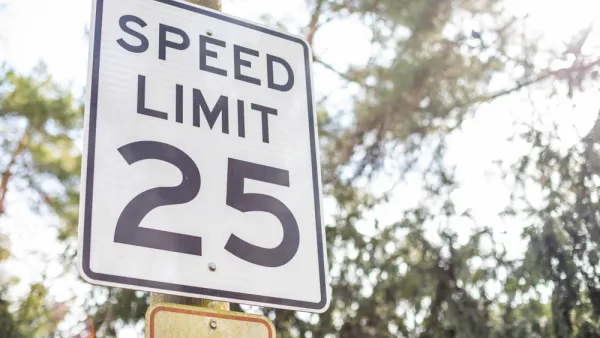The city voted to reduce speed limits on residential and some arterial streets in an effort to improve traffic safety and reduce the risk of death or serious injury when crashes occur.

As announced in a City of Tacoma press release republished in The Suburban Times, Tacoma’s city council has voted to lower speed limits to 20 miles per hour on residential streets and 25 miles per hour on arterial streets in four of the city’s Neighborhood Business Districts.
“The link between speed and injury severity in crashes is consistent, direct, and especially critical for more vulnerable roadway users. With tonight’s action, coupled with other actions in our Vision Zero Action Plan, our goal of eliminating traffic fatalities and serious injuries by 2035 is in sight,” said Council Member Kristina Walker.
Tacoma passed its Vision Zero ordinance in February 2020, pledging to devote resources to eliminating traffic deaths by 2035. According to the press release, “Speed reduction is one proven strategy to eliminate fatal and serious injury crashes as part of Vision Zero. Lowering speeds improves safety by reducing the frequency and severity of crashes, improves visibility, provides additional time for drivers to stop, and reduces the potential for fatal or serious injuries by lowering impact forces.”
The city plans to roll out an outreach campaign to inform the public about the new speed limits before the law goes into effect in January 2023.
FULL STORY: Tacoma City Council Approves Speed Limit Reduction Ordinance

National Parks Layoffs Will Cause Communities to Lose Billions
Thousands of essential park workers were laid off this week, just before the busy spring break season.

Retro-silient?: America’s First “Eco-burb,” The Woodlands Turns 50
A master-planned community north of Houston offers lessons on green infrastructure and resilient design, but falls short of its founder’s lofty affordability and walkability goals.

Delivering for America Plan Will Downgrade Mail Service in at Least 49.5 Percent of Zip Codes
Republican and Democrat lawmakers criticize the plan for its disproportionate negative impact on rural communities.

Test News Post 1
This is a summary

Test News Headline 46
Test for the image on the front page.

Balancing Bombs and Butterflies: How the National Guard Protects a Rare Species
The National Guard at Fort Indiantown Gap uses GIS technology and land management strategies to balance military training with conservation efforts, ensuring the survival of the rare eastern regal fritillary butterfly.
Urban Design for Planners 1: Software Tools
This six-course series explores essential urban design concepts using open source software and equips planners with the tools they need to participate fully in the urban design process.
Planning for Universal Design
Learn the tools for implementing Universal Design in planning regulations.
EMC Planning Group, Inc.
Planetizen
Planetizen
Mpact (formerly Rail~Volution)
Great Falls Development Authority, Inc.
HUDs Office of Policy Development and Research
NYU Wagner Graduate School of Public Service





























